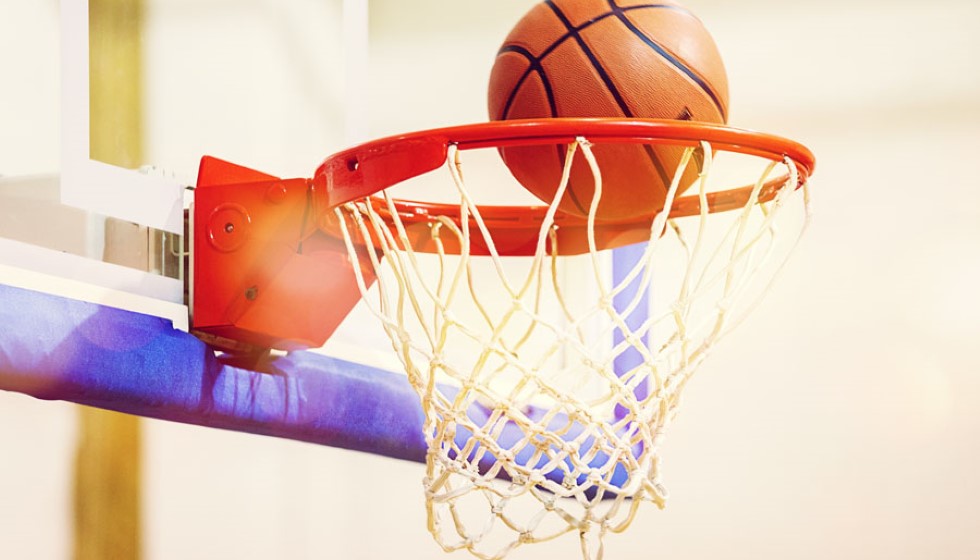
The NBA Cup is rapidly carving out its own legacy in the world of basketball as it enters its second year. Held in Las Vegas, the tournament has seen some significant changes and a level of excitement rarely paralleled in its young tenure. This year, the Los Angeles Lakers carry the distinction of being the inaugural champions. This sense of prestige buzzed around the league as the current NBA champions, the Boston Celtics, surprisingly crashed out during the group stage.
Meanwhile, another Milwaukee Bucks star, Giannis Antetokounmpo, is preparing to battle it out in the final against Shai Gilgeous-Alexander of the Oklahoma City Thunder. "I don't think there's anything to change," Giannis confidently stated, indicating his comfort with the current format. It's a sentiment that resonates through the ranks of players and fans alike, as the second edition of the tournament gains traction and enthusiasm.
New Structures and Schedules
The NBA has not been shy about tweaking the format for the Cup. In an effort to engage more fans and spotlight new strategies, they have rescheduled the final to a Tuesday, a move from its traditional Saturday slot. This decision was part of a broader shift that includes adjusting the knockout rounds, allowing quarterfinals to occur at the home sites of teams, while semifinals maintain their neutral ground in Las Vegas. This year's semifinals not only brought thrilling matchups but also impressive attendance figures, which pleased officials.
The Milwaukee Bucks showed their prowess yet again by reaching the semifinals, and there's speculation about another critical shift: hosting semifinals at home sites. As the league experiments with these adjustments, it’s clear that this evolving structure aims to enrich the competitive environment and involve more local fan bases, as was reflected in the strong attendance numbers.
Player Perspectives and League Considerations
Players have voiced their opinions on these changes, with some expressing enthusiastic sentiments. Trae Young from the Atlanta Hawks noted, "There’s more to these games than just any old game," cementing the heightened competitive spirit the NBA Cup fosters. Such comments underscore the invigorated atmosphere surrounding the Cup and its alignment with the long NBA season.
On the management side, discussions on potentially expanding the group stage from four to eight games continue, as a Western Conference executive remarked, "If you play eight group games, the Celtics wind up in [the knockout rounds]." There's an ongoing assessment to ensure the tournament caters to the competitive demands of teams and the entertainment expectations of audiences.
Evan Wasch, the NBA’s Executive Vice President of Strategy and Analytics, reflected on the progress made, saying, "We've been really pleased with the second year of this format and the first year of the Emirates NBA Cup." This sentiment suggests the NBA's commitment to evaluating and refining the tournament. Wasch added, "In terms of changes for future years, we're always going to be looking at ways to improve the experience for our teams, players, fans, and partners."
Looking Ahead with Cautious Optimism
The NBA Cup stands at a crossroads of tradition and innovation, with the league open to continually assessing its impact and making adjustments. The prospect of broadening the tournament’s appeal and deepening its significance within the regular season calendar holds promise. As the final showdown prepares to take center stage, fans, players, and executives alike will be watching closely to see how the tournament’s emerging narrative will unfold.
The second year of the NBA Cup suggests not only a showcase of basketball talent but a dynamic avenue for strategic growth and fan engagement. As players prepare for the intensity of the final game, the spirit of competition and the hope for the Cup’s continued evolution remain fervent.